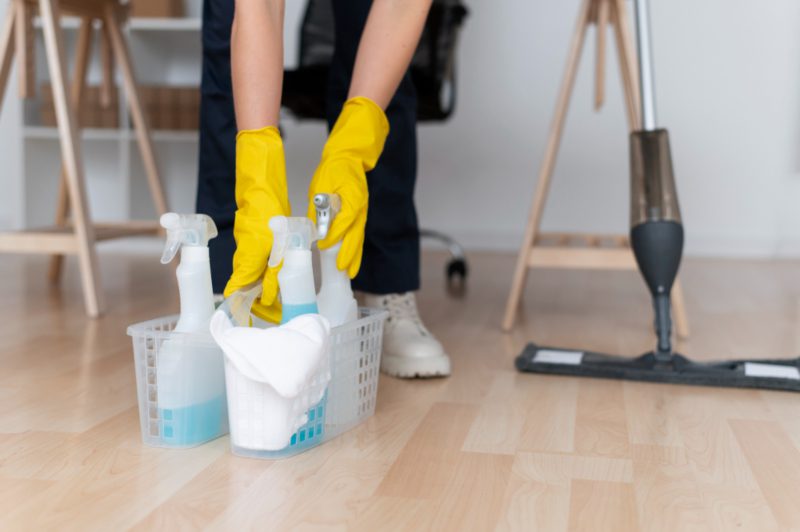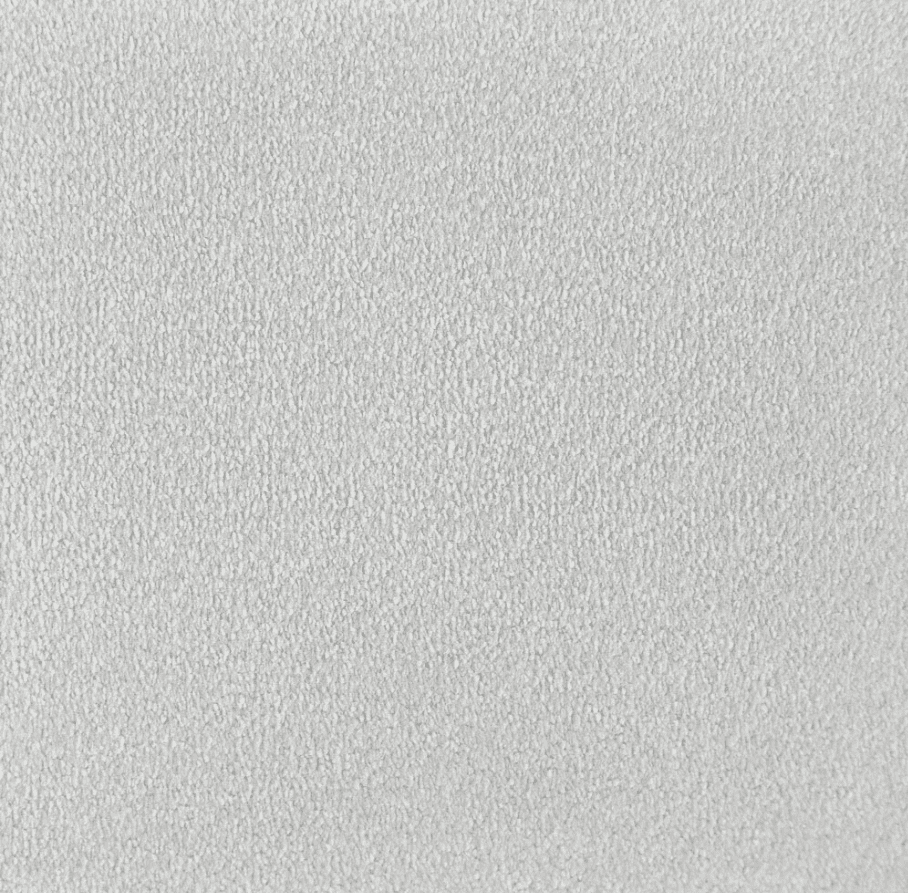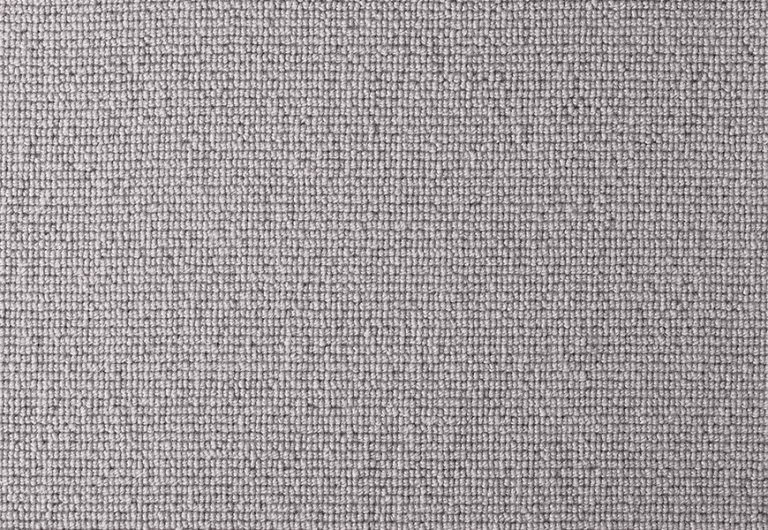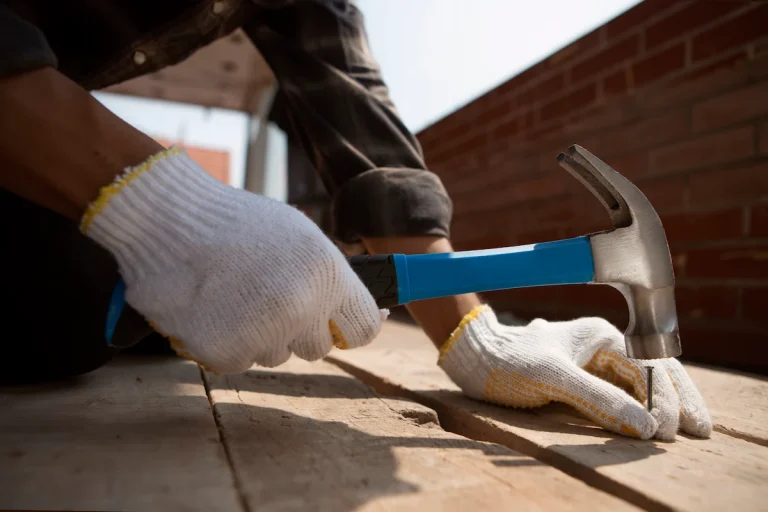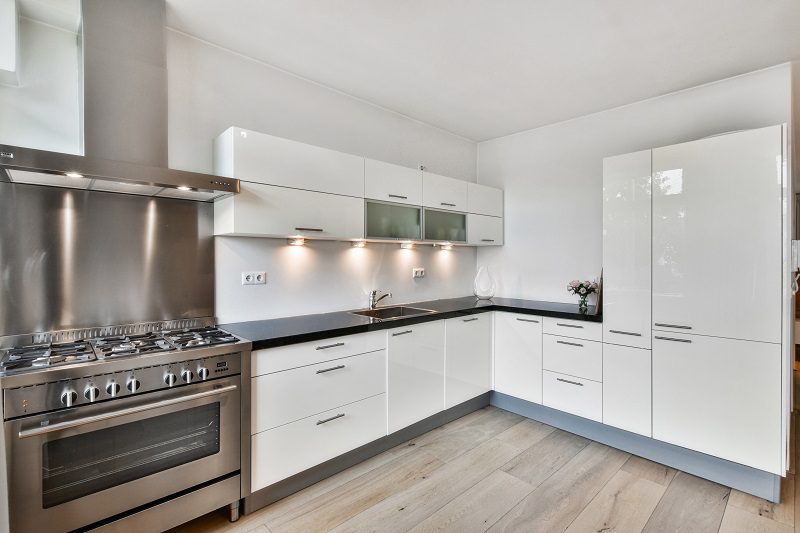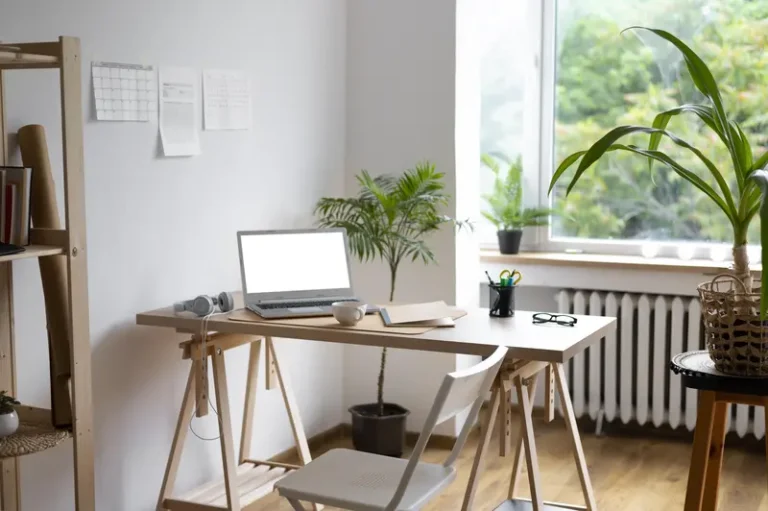Laminate floors have been the choice of many modern homeowners due to their many beneficial factors. However, because this kind of flooring is fairly new, most people still have questions about laminate floors. Some of the most asked questions for laminate flooring owners are how to clean laminate floors and maintain their quality to last for a long time.
Furthermore, suppose you are already familiar with laminate flooring and looking forward to further developing your knowledge. In that case, several inquiry questions, such as how to clean laminate flooring and what is the best way to clean laminate floors, must have popped into your mind at least once.
Let’s get to every discussion mentioned above one at a time, shall we?
Why Do You Need to Know How to Clean Laminate Flooring?
Maintaining the cleanliness of laminate flooring is not just about aesthetics but also about prolonging the lifespan of the floor itself; effective cleaning removes dust, dirt, and debris that can cause scratches and stains, as recommended by experts.
The Do’s and Don’ts of Cleaning Laminate Flooring
Understanding the dos and don’ts of cleaning laminate flooring is crucial for maintaining its appearance and durability, as noted by cleaning professionals.
Do’s:
Regarding the do’s of cleaning laminate flooring, regular sweeping or vacuuming, using a damp mop with a mild cleaner, and promptly wiping spills are essential practices recommended by experts.
1. Use a broom or vacuum cleaner regularly.
Regularly sweeping or vacuuming laminate flooring is crucial to remove dirt, dust, and debris that can cause scratches and dull the surface.
Regarding selecting the right cleaning tools for laminate flooring, it’s essential to consider the types of brooms and vacuums that suit this specific material. Brooms with soft, fine bristles or vacuums with a hard floor setting are ideal choices to avoid scratching the laminate surface.
Cleaning frequency is key to preventing buildup and maintaining the floor’s appearance. Experts recommend sweeping or vacuuming at least once a week, possibly more often in high-traffic areas. Using a microfibre mop can be extremely beneficial in capturing fine particles and ensuring a thorough clean without leaving streaks.
2. Use a Damp Mop with Mild Cleaner
Using a damp mop with a mild cleaner is an effective way to clean laminate flooring without damaging the surface or leaving residues.
One key aspect to bear in mind when cleaning laminate floors is the importance of using the right amount of moisture. Excess water can seep into the seams and cause the planks to swell or warp, leading to potential damage over time.
For mild cleaners, opt for products that are specifically designed for laminate floors to ensure they do not contain harsh chemicals that can strip away the protective layer. Gentle solutions like vinegar and water or specialised laminate floor cleaners are ideal choices.
Using a microfibre mop is highly recommended for cleaning laminate floors effectively. The soft texture of microfibre helps in capturing dust, dirt, and grime without scratching or dulling the surface. The mop’s ability to attract and hold onto particles makes it a great tool for regular maintenance, keeping your laminate floors looking pristine.
3. Wipe Spills Immediately
Wiping spills immediately is crucial to prevent stains and potential damage to the laminate surface.
Leaving spills unattended can lead to a multitude of problems, including permanent discolouration, warping, or even mould growth. Different types of spills, such as acidic liquids like vinegar or citrus juices, can be particularly damaging to laminate surfaces by causing etching or softening of the protective layer. Oil-based spills like cooking oil or grease can also seep into the laminate, making them challenging to remove without proper and immediate attention.
4. Use Protective Pads on Furniture
Using protective pads on furniture is an essential preventive measure to avoid scuffs and scratches on laminate flooring.
There are various types of protective pads available, including felt, rubber, and silicone options. Felt pads are great for wooden furniture, while rubber pads provide more grip for heavier pieces. Silicone pads offer a combination of durability and protection.
When attaching these pads to furniture legs, ensure they are clean and dry before applying. Simply peel off the adhesive backing and firmly press the pad onto the bottom of the leg. Consider using furniture sliders for heavier items that need to be moved frequently.
Don’ts:
To ensure the longevity and appearance of your laminate flooring, it’s important to avoid certain practices that can cause damage, such as using excessive water, harsh cleaners, steam mops, or dragging heavy furniture.
1. Use Excessive Water
Using excessive water on laminate flooring can lead to warping and significant damage over time.
When cleaning laminate floors, it’s essential to ensure that water is used sparingly and efficiently. Excessive water seeping into the seams and edges can cause the planks to swell and distort, eventually leading to irreversible damage.
Instead of mopping with a soaking wet mop, opt for a slightly dampened microfiber cloth or mop. This way, you can control the amount of water being applied to the floor while still effectively removing dirt and grime.
Consider using specialised laminate floor cleaners that are designed to clean without leaving excess moisture behind. These products are formulated to provide a thorough cleaning without risking damage to the flooring.
2. Use Harsh Cleaners
Harsh cleaners can damage the surface of laminate flooring and leave residues that attract more dirt.
Some types of cleaners to avoid for laminate floors include those with strong acids or alkalis, as these can strip the protective layer and cause discolouration. Cleaners containing ammonia or bleach should be avoided, as they can leave behind streaks and damage the finish over time. The chemical components in these harsh cleaners can break down the top layer of laminate flooring, making it more susceptible to scratches and dullness.
A safer and gentler alternative for cleaning laminate floors is to use a mixture of warm water and mild dish soap. This solution effectively removes dirt and grime without causing any harm to the surface. For tougher stains, a mixture of vinegar and water can be used as a natural disinfectant that won’t damage the laminate. By opting for these gentler cleaning alternatives, you can maintain the beauty and longevity of your laminate flooring.
3. Use Steam Mops
Using steam mops on laminate flooring is not recommended as the high heat and moisture can cause warping and damage.
While steam mops may offer convenience and effective cleaning on certain surfaces, they pose specific risks to laminate floors due to their sensitivity to excessive moisture. The steam can seep into the seams of the laminate planks, leading to swelling and separation over time. As an alternative, consider using gentle cleaning tools such as microfibre mops or damp cloths to maintain laminate flooring without risking damage. These tools are effective in removing dirt and stains without the risk of moisture-induced harm.
4. Drag Heavy Furniture
Dragging heavy furniture across laminate floors can cause deep scratches and damage to the floor’s surface.
Regarding moving heavy furniture on laminate floors, it’s crucial to take the necessary precautions to avoid any potential damage. One effective way to do this is by using furniture sliders underneath the legs of the furniture pieces. These sliders act as a buffer between the furniture and the floor, reducing friction and preventing scratches.
Another key tip is to lift the furniture instead of dragging it. Lifting will not only protect your floors but also prevent any strain or injury on your back. Consider placing protective pads under the furniture legs to further safeguard your floors from scratches and scuff marks.
How to Clean Laminate Flooring
Cleaning laminate flooring can be made easier and more effective with some helpful tips and tricks, such as using vinegar and water solution, bicarbonate of soda for tough stains, and a microfibre cloth for drying.
1. Vinegar and Water Solution
A vinegar and water solution is an effective and natural way to clean laminate floors without causing damage.
When using vinegar to clean laminate floors, it is advisable to mix one part vinegar with three parts water to achieve the correct ratio. This ensures that the solution is effective in breaking down grime and stains, while still gentle enough to avoid harming the flooring. To apply the solution safely, dampen a mop or cloth with the vinegar and water mixture and gently scrub the laminate surface. Always remember to wring out excess liquid to prevent oversaturation.
The benefit of using a vinegar and water solution for cleaning laminate floors is its ability to cut through grease and dirt, leaving the surface sanitised and free of residue. The natural acidity of vinegar helps to disinfect the floor, making it a safe and eco-friendly cleaning option. With regular use, this simple solution can keep your laminate floors looking spotless and well-maintained.
2. Bicarbonate of Soda for Stubborn Stains
Bicarbonate of soda is a gentle yet effective abrasive that can help remove tough stains from laminate flooring.
When dealing with stubborn stains on your laminate flooring, remember that bicarbonate of soda can be your best ally. To use it effectively, create a paste by mixing bicarbonate of soda with just enough water to form a thick consistency. Apply the paste directly onto the stained area and gently rub it in a circular motion using a soft cloth or sponge. Allow the paste to sit for a few minutes to let the bicarbonate of soda work its magic. Afterwards, wipe off the paste with a damp cloth and dry the area thoroughly. Be cautious not to scrub too vigorously as the bicarbonate of soda is abrasive and might scratch the laminate surface. It’s essential to test a small, inconspicuous area first to ensure that the method works effectively without causing any damage.
3. Microfibre Cloth for Drying
Using a microfibre cloth for drying laminate flooring helps to remove any remaining moisture and leaves a streak-free surface.
Microfibre cloths are known for their exceptional absorbency and ability to trap dust and dirt effectively. This makes them perfect for drying surfaces without leaving any lint behind. Their soft texture is gentle on delicate surfaces like laminate flooring, preventing scratches and damage.
When using a microfibre cloth, it’s important to ensure that the cloth is clean and dry to maximise its drying capabilities. By gently wiping the floor in small sections, you can effectively remove moisture and prevent any potential water damage.
4. Soft-Bristled Broom for Sweeping
A soft-bristled broom is ideal for sweeping laminate flooring as it captures dirt and debris without scratching the surface.
Using a soft-bristled broom on laminate floors provides several benefits. The soft bristles are gentle enough to glide smoothly over the surface, ensuring that no scratches are left behind. This makes it a great choice for maintaining the aesthetic appeal of your floors over time.
The fine bristles of the broom effectively trap dust, pet hair, and other particles, making it easier to clean thoroughly. Unlike harsher bristles or abrasive materials, which can damage the laminate, a soft-bristled broom ensures a safe and effective cleaning process.
How to Maintain Laminate Flooring
Maintaining laminate flooring involves several proactive measures, such as using furniture protectors, avoiding high heels, placing mats or rugs in high-traffic areas, and regular cleaning and dusting, as advised by experts.
1. Use Furniture Protectors
Using furniture protectors is an effective way to prevent scuffs and scratches on laminate flooring caused by heavy furniture.
There are various types of furniture protectors available, including felt pads, rubber caps, and plastic sliders. Felt pads are ideal for chairs, tables, and other stationary furniture pieces, while rubber caps work well for chair legs to prevent sliding. Plastic sliders are excellent for heavy furniture items that need to be moved frequently.
Installing furniture protectors is a straightforward process. Simply clean the bottom of the furniture leg, peel off the adhesive backing of the protector, and firmly press it onto the leg. Ensure the protector is secure and flat to provide maximum protection for your laminate flooring.
The benefits of using furniture protectors extend beyond preventing damage to your floors. They also reduce noise when moving furniture, make it easier to glide items across the floor, and can prolong the lifespan of both your furniture and flooring.
2. Avoid walking on flooring with high heels
Walking on laminate flooring with high heels can cause dents and damage, so it’s best to avoid wearing them indoors.
High heels, especially stilettos, exert immense pressure on a small surface area, leading to indentations that are not only unsightly but also costly to repair. The repetitive impact can eventually weaken the flooring, necessitating replacements.
For a more floor-friendly option, consider slippers or socks with rubber soles that offer both comfort and protection. These alternatives distribute weight more evenly, reducing the risk of permanent damage.
Placing rugs or mats in high-traffic areas can act as a barrier, absorbing the impact and preventing direct contact of heels with the flooring.
3. Use Mats or Rugs in High Traffic Areas
Placing mats or rugs in high-traffic areas helps protect laminate flooring from wear and tear. When selecting mats or rugs for laminate floors, opt for those with non-slip backing to prevent any accidental slips or skidding. Consider the thickness of the rug to ensure it provides enough cushioning without being too high off the ground, which could create a tripping hazard.
Strategic placement of these protective coverings is key. Focus on areas like entryways, hallways, and in front of sinks or appliances where water spillage is common. By doing so, you not only safeguard the floor from scratches and spills but also add a touch of style and warmth to the space.
4. Regularly Clean and Dust the Flooring
Regular cleaning and dusting are essential to remove dirt and debris that can damage laminate flooring over time.
To maintain a spotless laminate floor, it’s recommended to establish a cleaning schedule that suits your lifestyle and home environment. Plan to dust and sweep at least once a week to prevent grime buildup. Investing in a quality microfibre mop or a vacuum with a hard floor setting can make your cleaning routine more efficient.
Regarding choosing the right products for dusting laminate floors, opt for gentle cleaners specifically designed for these surfaces. Avoid harsh chemicals that may strip away the protective coating. Microfibre cloths or dusters are ideal for capturing dust without scratching the laminate.
To keep your laminate floor looking its best, consider placing doormats at entryways to minimise the amount of dirt and debris tracked indoors. Regularly trimming pets’ nails can also prevent scratches on the surface. By following these tips and incorporating them into your cleaning routine, you can extend the life and beauty of your laminate flooring.
See product: Quick-Step Majestic Woodland Oak Natural
The steps on how to clean laminate flooring have also been added to the list of knowledge you have about laminate floors. Now that you know all of that, TEKA Flooring has a variety of options for you to pick the best laminate flooring to accommodate your preference.
Read also:


























